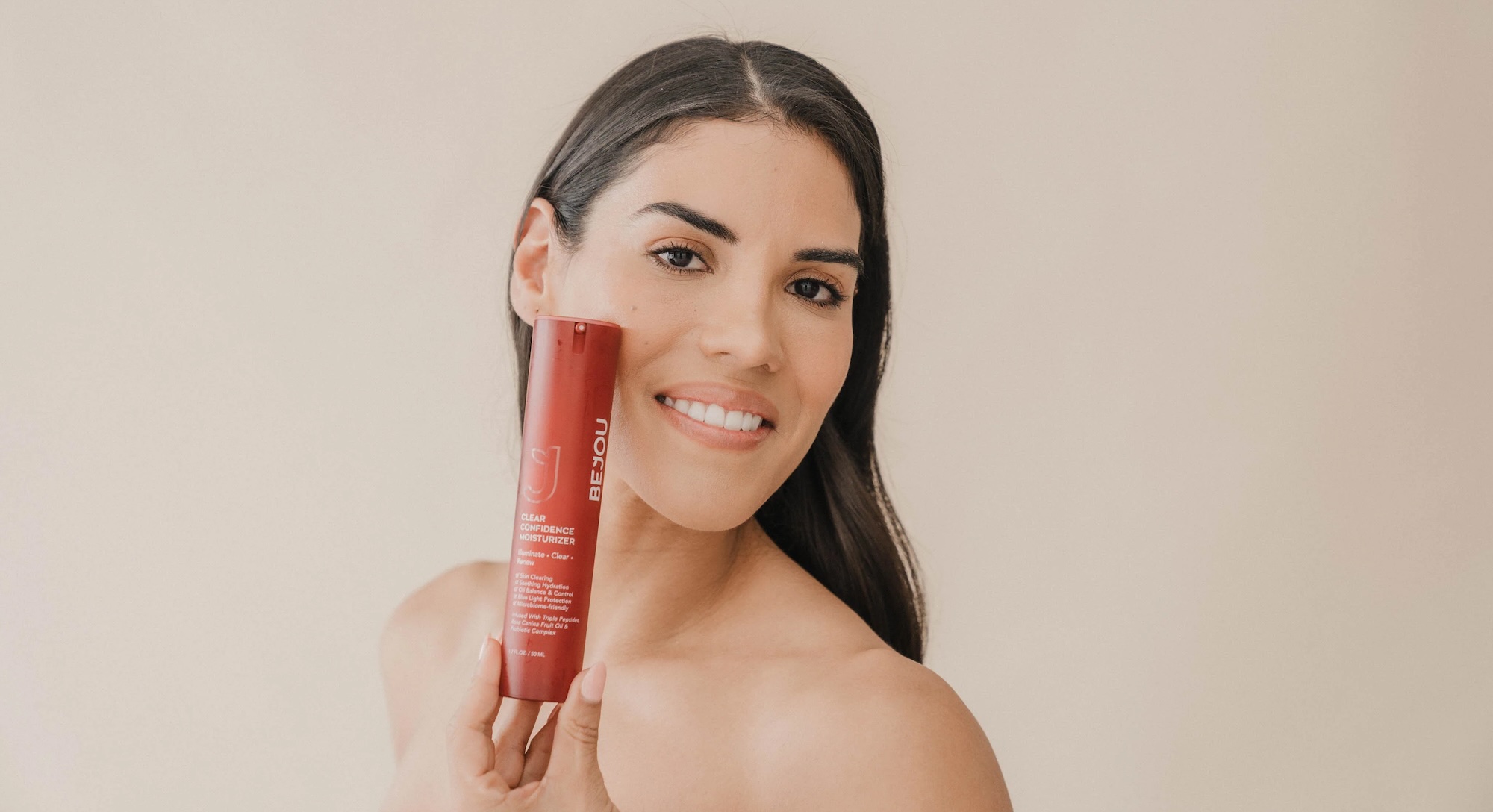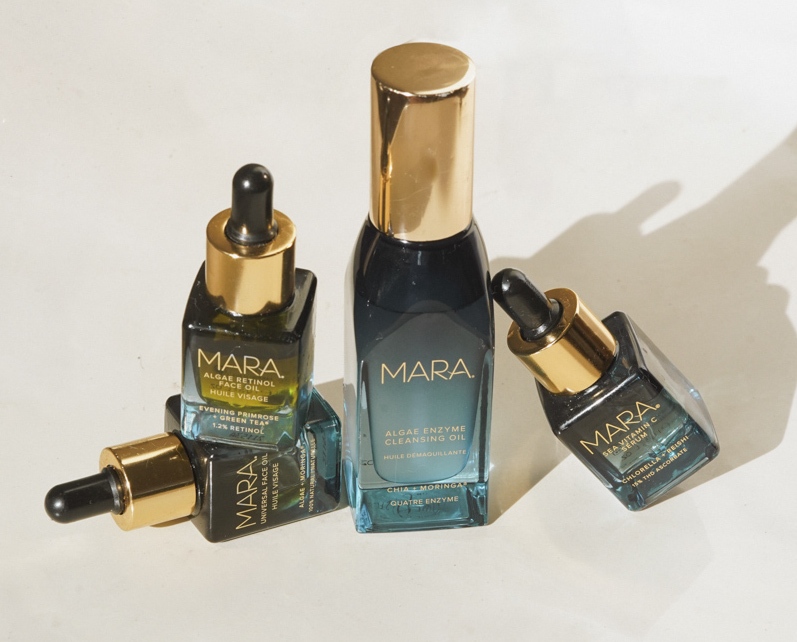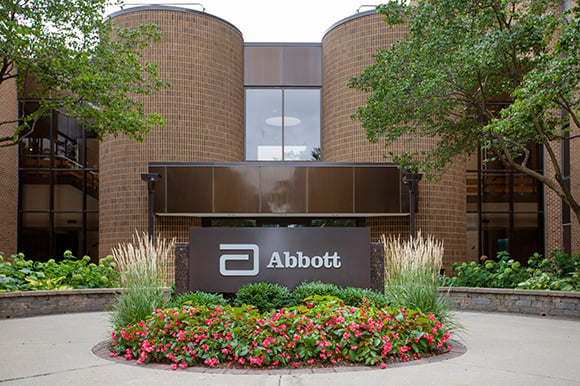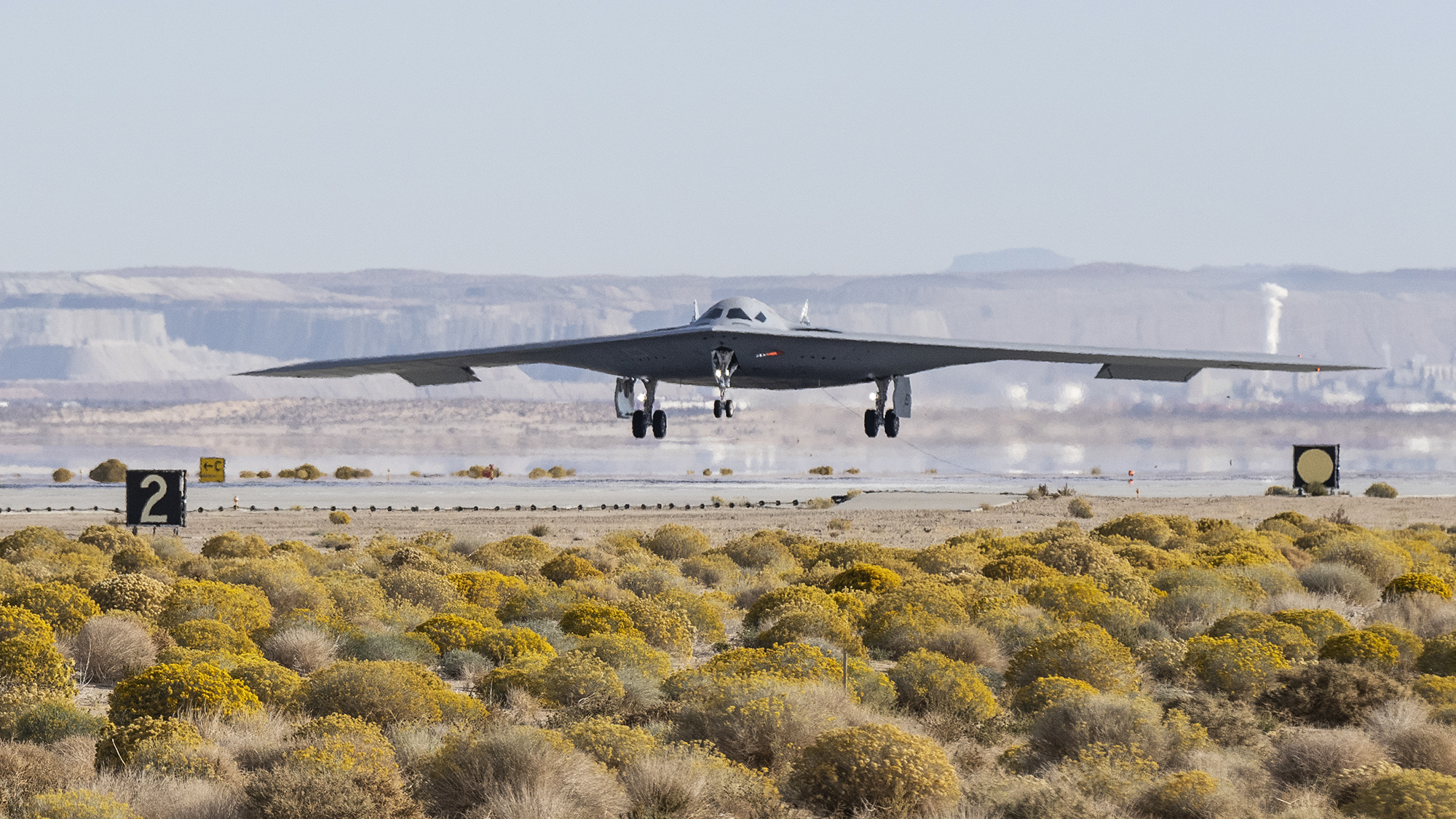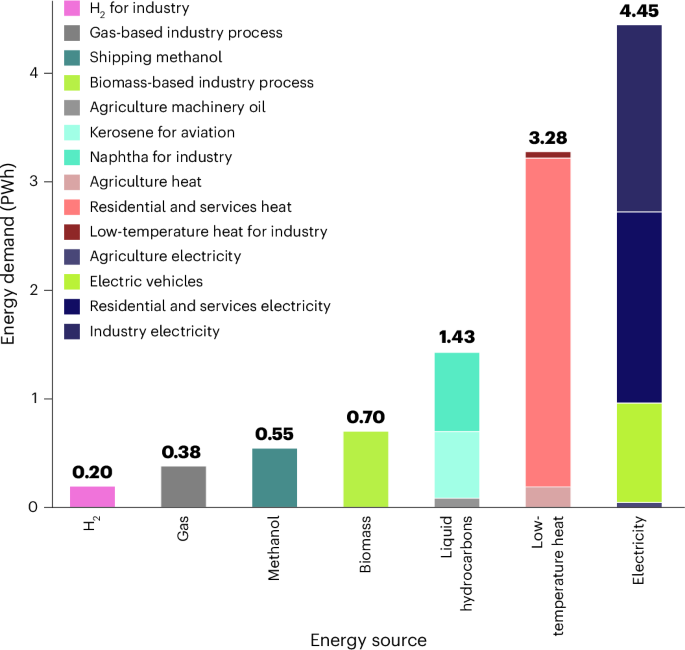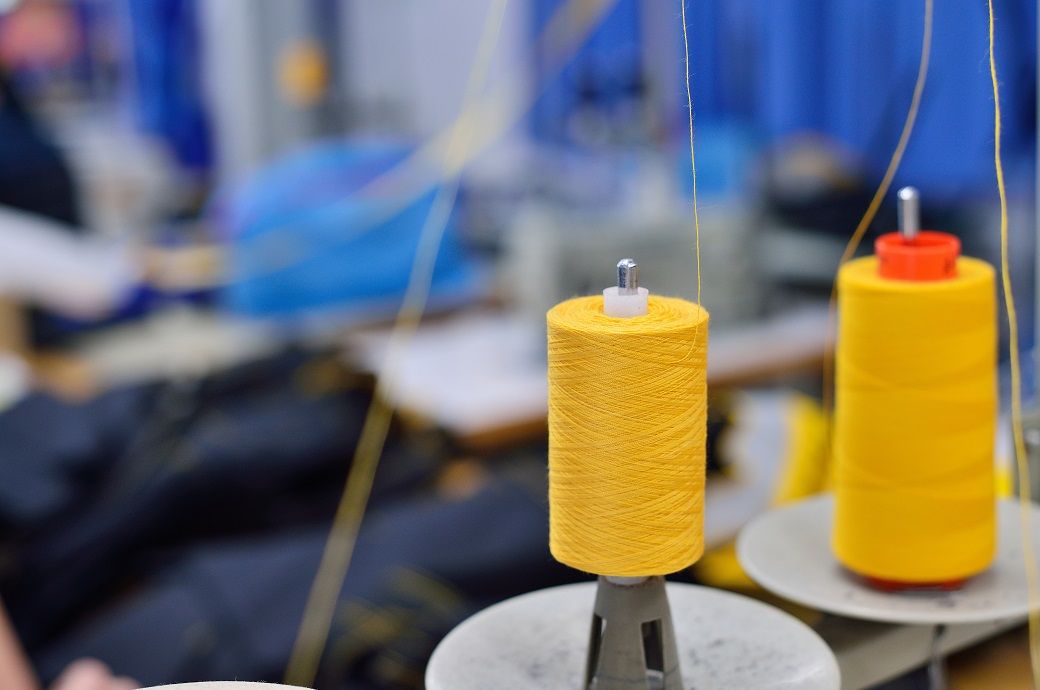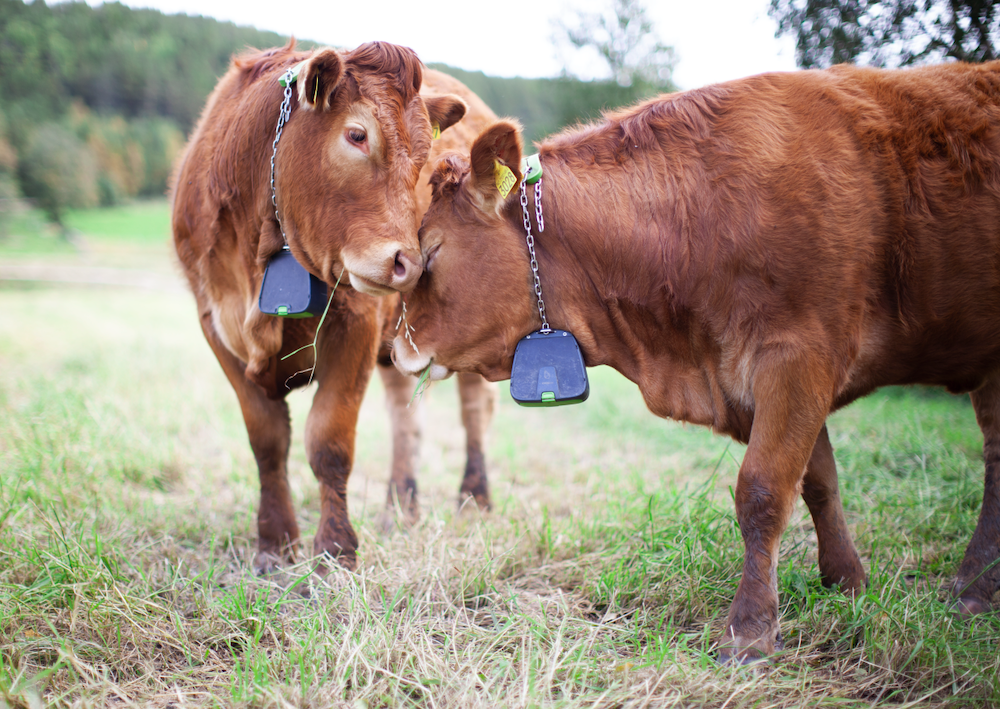How to Choose the Right Backyard Bird
In recent years, the desire to grow or produce one’s own food has become increasingly popular, and with good reason.. After living through a pandemic and struggling with ongoing high grocery prices (particularly rising costs for poultry and eggs), many people are ready to make a change for themselves. Despite the ongoing threat of […] The post How to Choose the Right Backyard Bird appeared first on Modern Farmer.
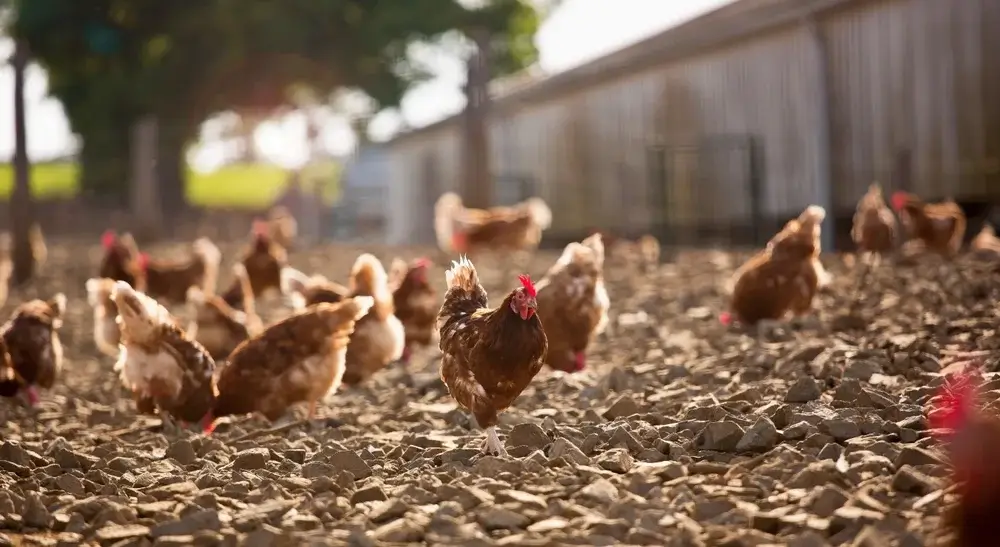
In recent years, the desire to grow or produce one’s own food has become increasingly popular, and with good reason.. After living through a pandemic and struggling with ongoing high grocery prices (particularly rising costs for poultry and eggs), many people are ready to make a change for themselves.
Despite the ongoing threat of bird flu, many homesteaders consider poultry a great place to start when raising your own livestock. There’s many things to love – poultry require less space than most other livestock, they can produce both eggs and meat, and they’re often allowed in residences where larger animals like cows or pigs couldn’t be kept. Even so, starting a journey in keeping poultry can be overwhelming – there’s a lot to learn, and some breeds have easier requirements than others. Here’s what you need to know if you’re looking to take flight into the world of poultry for the first time.
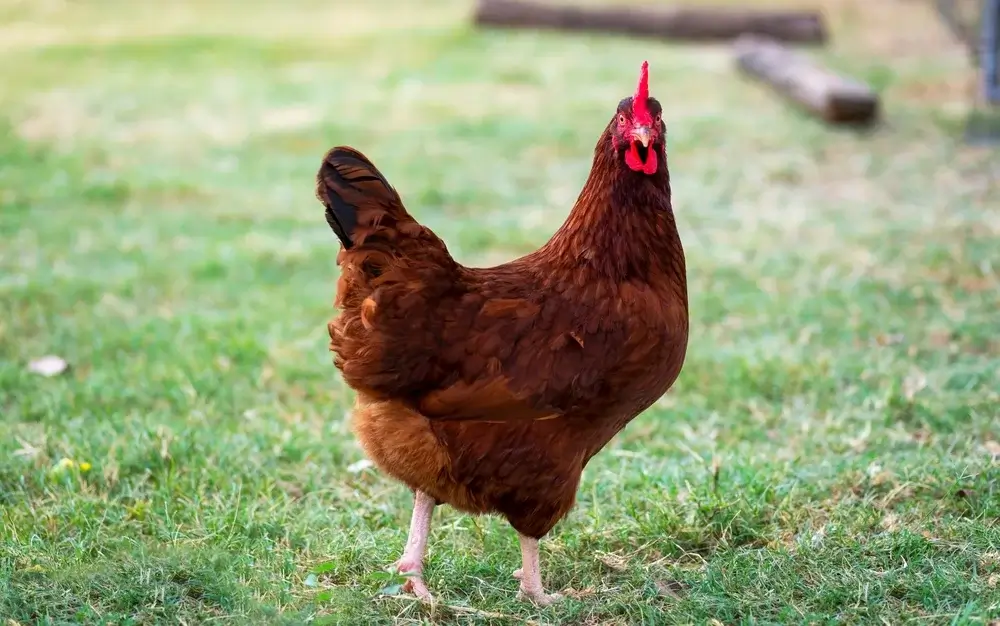
Chickens
Chickens are likely the bird that first comes to mind when you consider domestic poultry. Often hardy and easy to care for, many chicken breeds make a perfect ‘beginner’ bird whether you’re interested in raising birds for meat, eggs or both.
Chickens don’t have excessively large space requirements, making a small to medium-sized flock (think five to fifteen birds) perfect for beginners. Ideally, for the health and mental stimulation of the birds, outdoor runs should be provided; while chickens may not come to mind when you think of animal intelligence, multiple studies have shown that these birds do benefit from the ability to perform natural behaviors outdoors. “What you put into your animals – from clean stalls, fresh grown pastures, to clean food and attention makes the flavor better,” says Kate Osgood, who runs Birch Rise Farm, in New Hampshire, raising chickens and turkeys.
For those who are new to keeping poultry, you may benefit from purchasing adult birds to start out your flock as raising chicks can make things more complicated. “Chicks may be very cheap to purchase, however they need more attention than sheep, cows or pigs. They are fragile and more susceptible to predators, says Osgood.”
LEARN MORE
How to raise chickens for eggs.
While there are hundreds of breeds of chickens, including rare and heritage breeds composed of only a few hundred individual birds, we’ve put together three hardy, easy to keep breeds perfect for any newcomer to chickens.
RHODE ISLAND REDS
The Rhode Island Red is a handsome, easily recognizable chicken, with overall deep red-brown coloring and bright red combs. Originating from Rhode Island & Massachussetts in the 1840s, this breed has stuck around for so long for good reason (they’re also Rhode Island’s state bird!). This dual-purpose breed can be raised for both meat and eggs, with hens laying up to 300 eggs in a year. This hardy breed has a lifespan of five to eight years, so with proper care, your RIRs will be around for the long haul. This breed is known to thrive even in cold environments other chickens don’t fare well in, making them a good choice for farmers who face cold winters.
ORPINGTONS
The Orpington is a beloved breed originating from nineteenth-century Britain; they’re most commonly seen as the Buff Orpington, but they’re also found in blue, black, and white. While their egg production is lesser than Rhode Island Reds – about 160 per hen per year – their calm temperament makes them great for beginner owners, and reduces the chances of infighting in the flock.
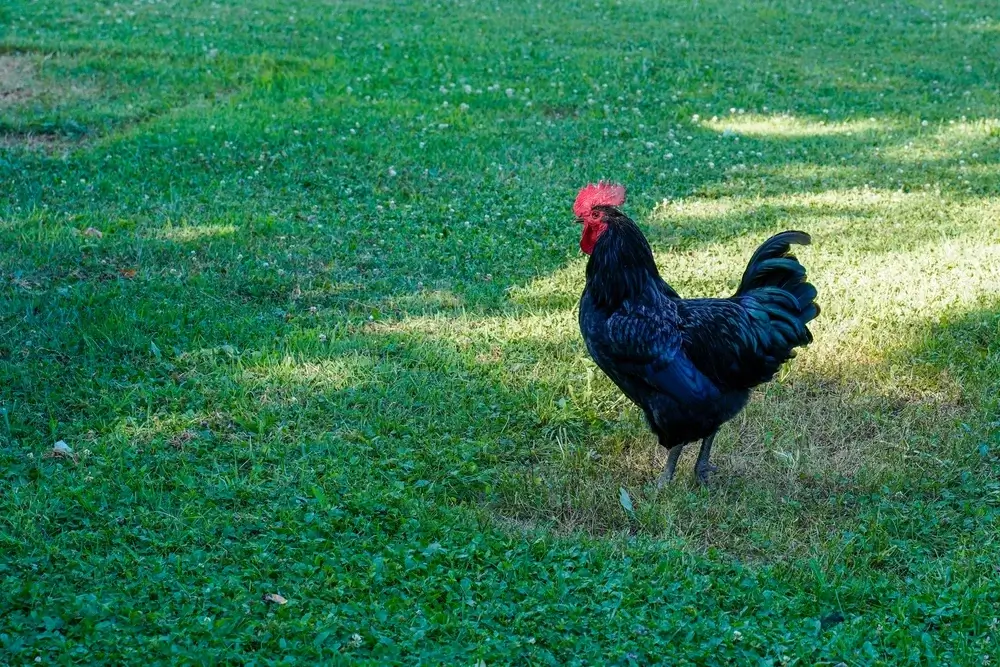
AUSTRALORPS
Australorps are beautiful sleek black birds with pinkish-red combs, and they’re treasured by many chicken enthusiasts. (Outside of the U.S., they’re available in other colors, too.) Most Australorp hens lay over 250 eggs a year, making them an excellent choice as a dual-purpose breed. They are popular as a 4H breed due to their notoriously sweet, docile temperament; even roosters are typically agreeable. Due to their black color, it’s easy for them to overheat in summertime, so be sure birds spending time outdoors have ample shade.
Turkeys
Beloved as a Thanksgiving meal, the turkey is a somewhat more challenging bird to keep than the more common backyard chicken. Turkeys have higher space requirements than smaller poultry; generally, six to 10 feet per bird is recommended, and it’s always better to aim for more space rather than meeting the minimum.
Although some farmers have success with mixed flocks, it’s important to note that generally, turkeys and chickens are best kept seperately. Turkeys are easily susceptible to a potentially fatal disease – histomoniasis, also known as ‘blackhead’, which chickens can carry without showing symptoms. Additionally, male turkeys are often aggressive towards smaller birds, making mixed flocks of chickens and turkeys ideal only for experienced poultry keepers. There are many beautiful breeds to choose from, but we picked out the best for beginners.
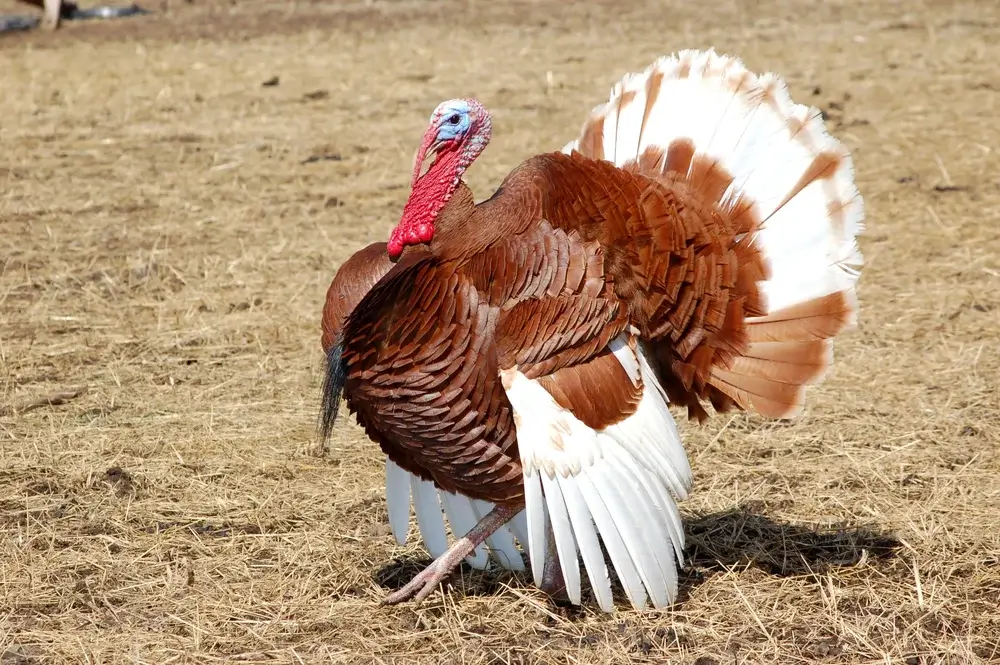
BOURBON REDS
The Bourbon Red is an iconic heritage breed known for their beautiful coloration; overall reddish-brown coloration complimented with white flight and tail feathers. They’re known for heavy breasts and flavorful, rich meat. The standard weights for Bourbon Reds are 23 pounds for young toms, and 14 pounds for young hens. They have the ability to mate naturally, which some newer breeds do not; this can make producing future generations for your farm that much easier. While toms are often aggressive with each other, the birds are typically sociable and docile with humans. These birds are also active foragers, and thrive with ample outdoor space to explore.
BROAD-BREASTED WHITES
The Broad-Breasted White is the most popular commercial breed in the world; extensive selective breeding for their characteristic large breasts has rendered many of them unable to breed without artificial insemination, which can present a challenge for some farmers. This breed develops to adult size very quickly, which some argue can lead to less pleasing flavor; nonetheless, they remain a popular and easy to raise breed. These birds often mature to more than 40 pounds, making them a great choice to market for large Thanksgiving dinners. Sadly, even with proper care, these birds often have short lives due to health issues associated with obesity; however, as they’re used for meat production, they are typically slaughtered prior to any health issues becoming bothersome.
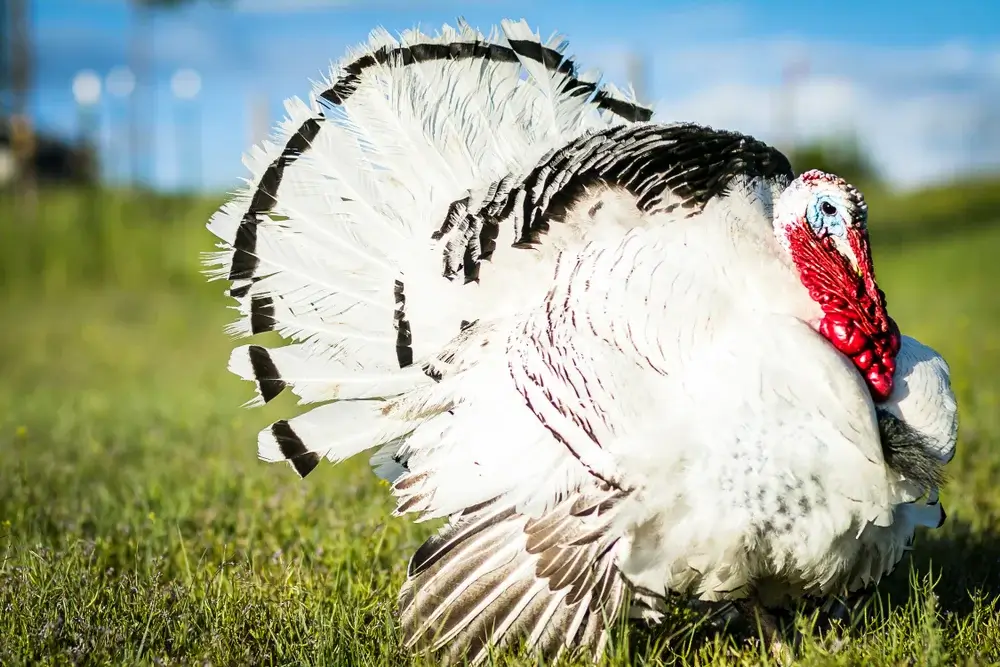
ROYAL PALMS
The Royal Palm is a gorgeous turkey breed, even if you don’t find turkeys to be particularly pleasing to look at; their stark white coloration contrasting with the black edging on their feathers makes for an eye-catching bird. While they’re slow-growing in comparison to breeds like the Broad-Breasted White, their hardiness, foraging ability, and good temperaments make them a great choice for small-scale farms. Royal Palms’ standard weights are 16 pounds for young toms, and 10 pounds for young hens. They’re excellent as an exhibition bird in addition to being raised for meat.
Ducks
As you might expect, keeping ducks (or any waterfowl) is often more complex than keeping other poultry. Although ducks only fundamentally need enough water to drink from and wash their faces in, it’s no surprise that ducks are happiest and healthiest when they have adequate water – a pond, or even a pool – to swim and splash in. Each duck needs about four feet of space inside their coop or enclosure; ideally, they should have 10 to20 feet of outdoor space to explore (to protect birds from predators, any poultry should be in securely fenced outdoor areas or supervised when outdoors).

Ducks are often friendly and charming, and can be used for meat production, egg production, or both. They’re an especially great choice if you plan to open your farm to visitors – you may receive additional profits from guests who wish to feed them! Some are content with keeping domesticated versions of Mallards, while some prefer unique-looking breeds like Indian Runners, who stand upright, or Cresteds, who have an eye-catching ‘puff’ adorning their head. While there’s many good ducks to choose from, the three breeds we’ve selected are likely to give you the easiest start with raising ducks on your own.
MUSCOVY
Despite their goofy looks, due to the large caruncles above their bills, Muscovy ducks are treasured by many as a hardy – and very unique – duck. Some raise them as dual-purpose birds for meat and eggs, but they’re also wonderful at pest control, and they’ll chase off intruders much like Canada geese in any public space. They love to free-range and forage, and this ‘wild’ diet will improve the flavor of their large eggs. They’re defensive of their homestead, but typically loving and easygoing with human caretakers they’re familiar with. These ducks typically live seven to eight years with proper care, although they have been known to live for a decade or more.
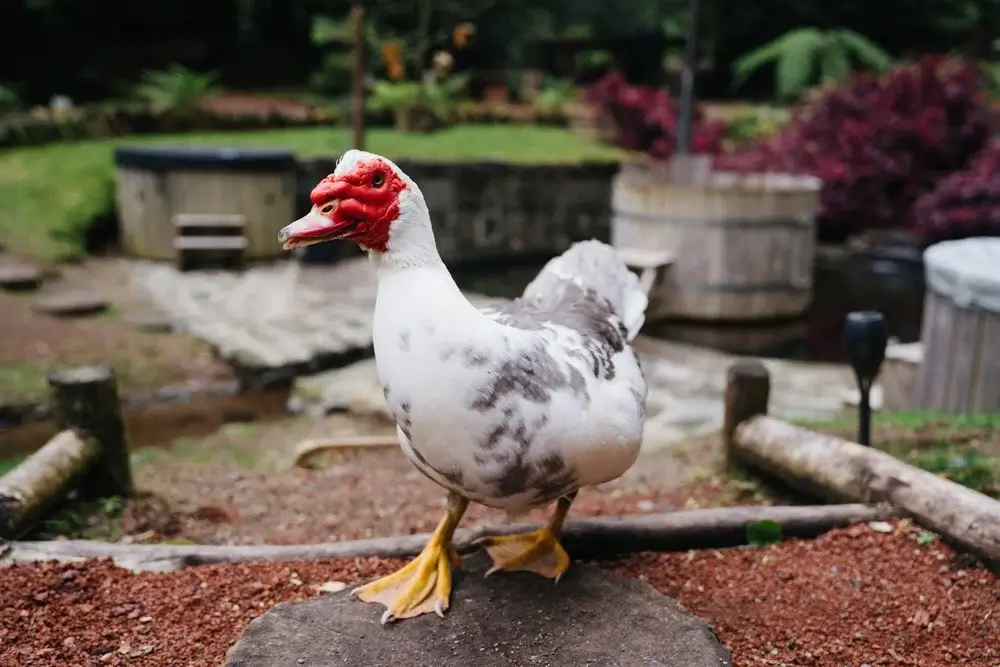
PEKIN
The Pekin duck is typically raised for meat, but you’ve likely seen this iconic breed – all-white with an orange bill and legs – in petting zoos or at public parks. They’re also the most popular commercial duck breed in America. Their easygoing temperaments make them great for those new to raising ducks, and they’re also a popular choice for 4H or young poultry enthusiasts. They’re especially happy with a decently sized pond to spend time wading in. They typically live for eight to12 years, making them long-lived in comparison to many other popular breeds. They grow fast and are overall hardy, but are prone to obesity, so be sure to watch what they eat and encourage foraging for natural food sources.
KHAKI CAMPBELL
The Khaki Campbell, also known as the Campbell, is a British breed of domestic duck named for their distinct khaki-colored plumage. They’re lightweight birds that weigh about five pounds at maturity. That’s no problem – this breed is typically raised for egg production, not meat. Khaki Campbell hens are prolific layers, averaging anywhere from 250 to 340 eggs per year. They’re energetic, curious birds who love to forage and spend time in the water, so any prospective owners should ensure they have adequate outdoor space & activities to keep these ducks stimulated. They’re typically hardy, adaptable birds that can deal with hot or cold temperatures as long as they’re provided with good care and plenty of shelter.
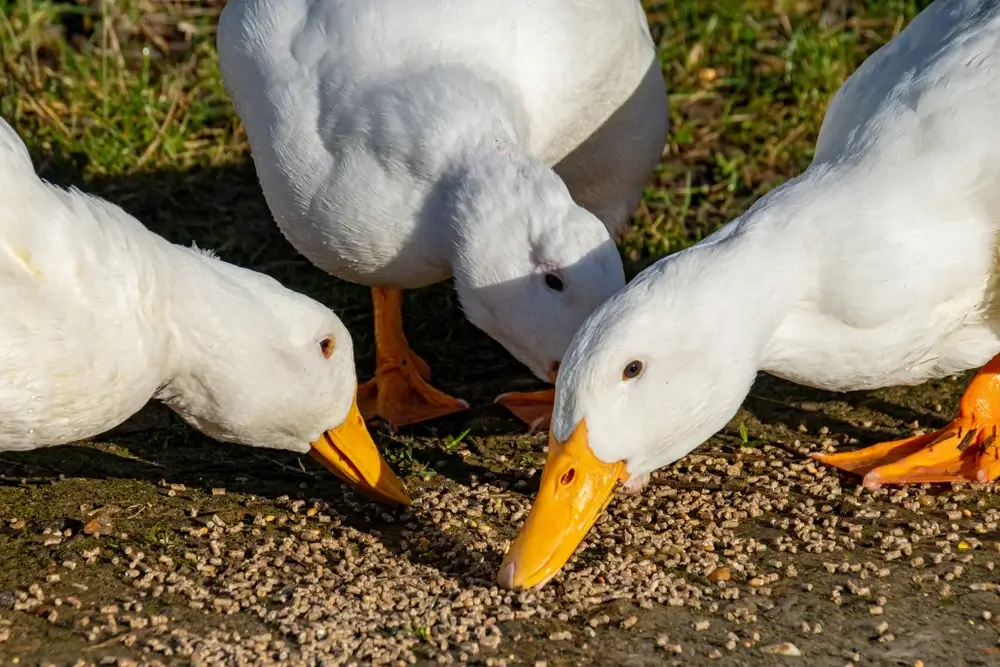
Quail
Quail may not be the first bird that comes to mind when you consider raising poultry – but they can be an excellent choice for beginners without much space. Some folks even successfully keep quails wholly indoors, and while you might need to make a lot of lifestyle changes to have that work for your household, these small, quirky birds can make keeping poultry a breeze if you have a small space to work with. Quail need a minimum of one square foot per bird, but many recommend closer to three feet per bird for your flock’s maximum health and happiness.
READ MORE
Keeping backyard chickens taught me how to give a cluck.
Although quail eggs are tiny, they’re beloved by some and are used as specialty ingredients in some Asian dishes. Zack Greene, co-owner of Myshire Farms in Ohio, has been raising quail full-time since 2016, and he recommends the Coturnix above all else. “We did so many extra things in the beginning, and it turns out it really is that simple,” he said of raising quail. “They just need an enclosure that is predator proof, food, water, and shelter to get out of the elements, and then collect eggs. That’s simple.”
These are three quail species that shouldn’t give beginners too much trouble.
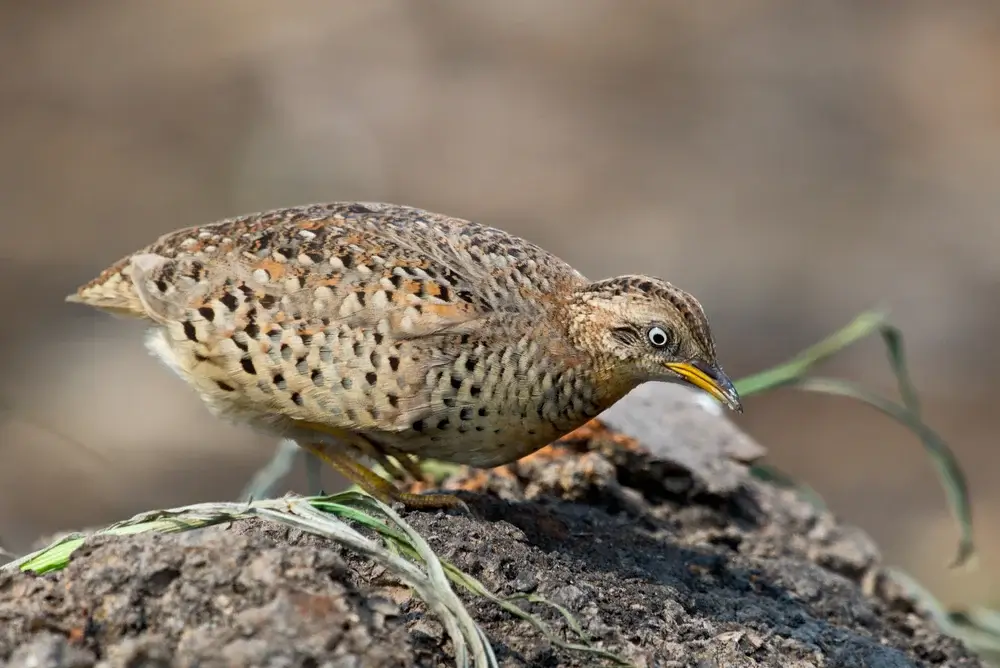
BUTTON
The tiny Button quail is so fragile that one must take caution when handling them, particularly chicks. While this might sound daunting, with caution and proper care, these birds are actually quite hardy. Even when handled from chickhood, these birds are typically cautious and flighty, making them a good choice if you’d prefer a “look but don’t touch” style to managing your flock. Sadly, even with proper care, they have fairly short lifespans; in captivity, they live between three to six years. While it’s possible to sell them for meat, their small size means that most farmers prefer to sell their eggs, which are a delicacy despite being much smaller than a typical chicken egg.
BOBWHITE
The Bobwhite, also known as the Northern Bobwhite, is actually native to the U.S.; their popularity as a gamebird is part of what drove demand for the species in captivity, for use in releases for hunting. While they’re still most commonly raised for release onto hunting preserves, increasing numbers of quail enthusiasts are raising these intriguing little birds for their meat and eggs. It’s important to note that, due to their history of being raised as gamebirds, these birds are typically aggressive with others of their species, and avoid human touch.

COTURNIX
There’s a good reason that the adorable but hardy Coturnix quail, also known as the Japanese quail, is popular with many. “Quail are a great way to start a self-sufficient journey,” says Greene, who solely raises Coturnix quail. “We specialize in Coturnix, as they are bred for meat and egg production, and are domesticated and not flighty. Most other quail are seasonal layers, but Coturnix lay year round.” These dual-purpose birds are often kept as pets, as they’re more sociable and tolerant of humans than most other common quail, although they’re still jumpier and less tolerant of handling than chickens. Coturnix are a good choice for small-scale farmers looking for a punchy, unique bird who won’t take up the whole yard.
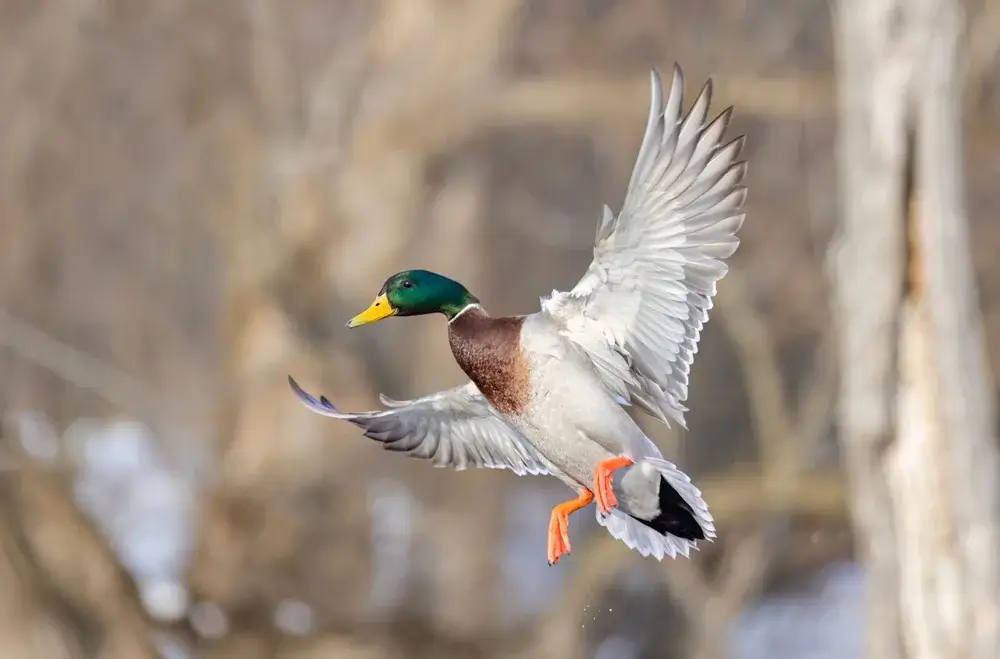
No matter what poultry you choose, remember that baby steps may make your journey easier. Try starting with a limited flock size as opposed to the maximum amount of birds you can house on your property. If you choose a more complicated breed of poultry, that’s not necessarily setting yourself up for failure–just be sure you’ve figured out shelter, food, and care for your birds so you’re ready for a smooth ride.
The post How to Choose the Right Backyard Bird appeared first on Modern Farmer.









































